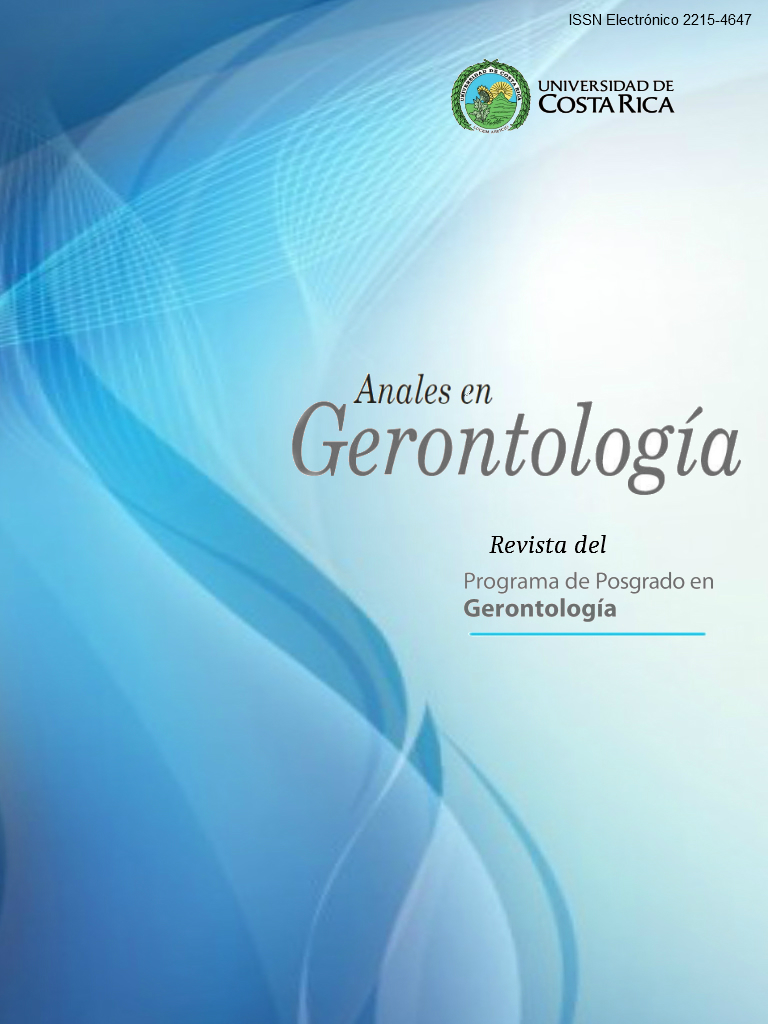Abstract
The Integral Care Program for Older People was born in 2000 in the General Studies Center [Centro de Estudios Generales], in the National University of Costa Rica. Its creation obeyed to promote active aging through teaching, research, extension and production activities. In 2012, the Program was reformulated with the creation of two new projects assigned (UNAVIDA and "Culture and the Artistic Expression as a development way in Older People: Cultural and Artistic Group") and this is how, through integrated management, promoted by the first of these projects, the efforts are concentrated by cross-cutting such as health, awareness and intergenerational interaction and from different populations, institutions and social organizations. The results have been highly beneficial to both the work (maximization of resources) and to the people involved in it, who seek varied and quality learning and integral development opportunities.References
Consejo Nacional de la Persona Adulta Mayor (CONAPAM) (1999). Ley Integral para la Persona Adulta Mayor y su Reglamento. Presidencia de la República de Costa Rica.
Gestión- Calidad Consulting. (2009). Gestión Integrada. Recuperado de http://www.gestion-calidad.com/gestion-integrada.html
Gómez, O. D., & Gómez, V. M. (2007). Consultoría e ingeniería ambiental: Planes, programas, proyectos, estudios, instrumentos de control ambiental, dirección y ejecución ambiental de obra, gestión ambiental de actividades. Madrid: Ediciones Mundi-Prensa.
Kalache A, Kickbusch I. (1997). A global strategy for healthy ageing. World Health Organization.
León, M. (2011). “Programa de Atención Integral de la Persona Adulta Mayor (PAIPAM)”. Revista de Extensión Universidad en Diálogo, 1(1),
Lira, L. (2006). Revalorización de la planificación del desarrollo. ILPES: Santiago, Chile.
Pinazo, S. y Sánchez, M. (2005). Gerontología: Actualización, innovación y propuestas. Madrid: Editorial Pearson Prentice Hall.
Salazar, M. (2004). “Actividades intergeneracionales: una opción creativa más para las Personas Adultas Mayores”. Revista Anales de Gerontología. No. 4, 29-44.

